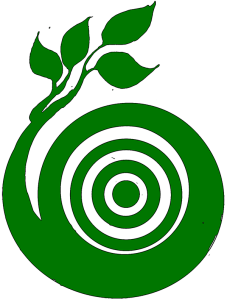Grind
1. Sit with legs crossed, hands on knees.
2. Press both sitting bones (ischial tuberosities) also called the sitz bones, down to lengthen spine up as if your crown is rising up to touch the sky.
3. Rotate your pelvis, like a tilted water bucket, from one sitting bone to your tailbone. Continue, rotating your pelvis in the same direction, from your tailbone around to the opposite sitting bone. Continue around to the front, and back again to the first sitting bone. You should feel how each hip socket rotates over the ball-shaped end (head) of the thigh bone (femur), like a ball-and-socket joint. You are rotating the socket, not the ball.
4. After 5-10 revolutions, repeat in the opposite direction.The ischial tuberosity (or tuberosity of the ischium, tuber ischiadicum), also known informally as the sitz bone, or as a pair the sitting bones) is a large swelling posteriorly on the superior ramus of the ischium. It marks the lateral boundary of the pelvic outlet. When sitting, the weight is frequently placed upon the ischial tuberosity. The gluteus maximus provides cover in the upright posture, but leaves it free in the seated position. (Wikipedia)
